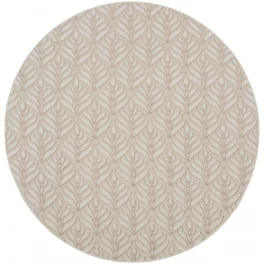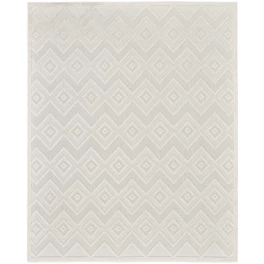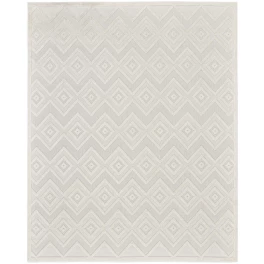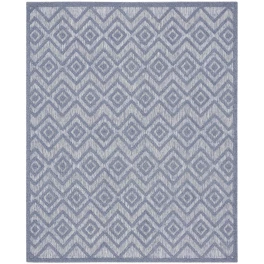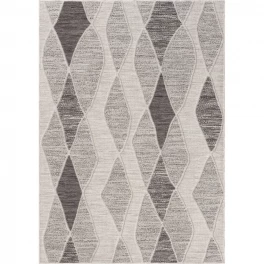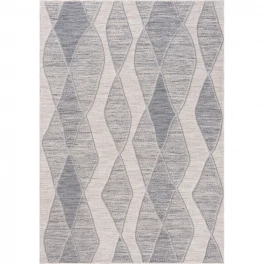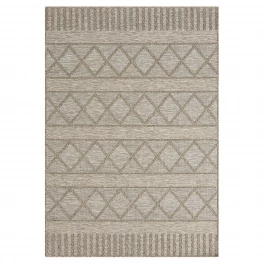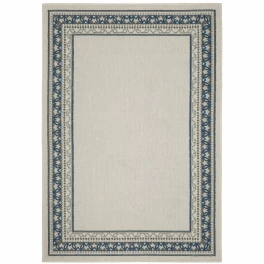The walls in most homes are drywall covered in paint and/or wallpaper, but there is a beautiful alternative: wood. Wood-covered walls — whether they’re stained, painted, or left natural — add a certain wow-factor to a room. Wood panels come in many different sizes, patterns, and designs, and all of them create a unique look that you just can’t get with standard drywall.

Photo by pics721 on Shutterstock
Although more expensive than drywall, wood walls are a great investment and require little maintenance. If you’re finishing or remodeling a room, these tips should help you decide if wood walls are right for you.
Types of Wood Wall Treatments
When you think of wood paneling, chances are memories of someone’s damp, poorly-finished basement come to mind. Although you can still purchase 4-by-8-foot sheets of thin, fake wood paneling with a repetitive pattern, this article highlights high-end, natural wood panels, and planks that you’ll want to show off to your friends.

Photo by Irina88w on Dreamstime
Shiplap Paneling
Shiplap paneling is a popular kind of paneling that consists of wide wooden planks that are usually laid horizontal and overlap. Grooves in the planks, called “rabbets,” fit together to form a tight seal.

Photo by Artazum on Shutterstock
Originally designed for sheds, small barns, and other kinds of outbuildings, shiplap wood is usually rough-sawn pine or hemlock. Shiplap has become a popular choice for interior walls and can give a room a rustic and cozy feel. It can be painted, stained, or left natural while adding great texture to a wall. If you’re looking for character, consider covering a wall or two with shiplap planks.
Tongue and Groove Paneling
Tongue and groove planks are similar to shiplap but differ in the way the boards join together. Where shiplap planks connect with a rabbet joint, tongue and groove boards connect by the “tongue” of one board fitting into the “groove” of another. Shiplap boards overlap slightly whereas tongue and groove boards fit against each other. Tongue and groove panels tend to be thin and are easy to cut and work with. They usually come in pine or cedar. They can be wide or thin, knotty, or solid. Tongue and groove paneling is great for entertainment spaces, high walls, living rooms, and bedrooms.
Tongue and groove panels can be angled, run horizontal, or vertical. Because there’s a tongue or groove on all four sides, they can lock together in several ways. Tongue and groove boards are usually a bit more expensive than shiplap boards. If you like the look of natural wood, tongue and groove panels can give that mountain cabin or cozy ski-lodge feel to a room.
Reclaimed Wood
If your goal is a truly rustic and unique look, then reclaimed wood is the way to go. Reclaimed wood can be wood salvaged from an old barn, church, factory, and elsewhere. You can also take new wood and make it look old. Of course, new wood does not have much of a story to tell… The appeal of reclaimed wood is all the nail holes, saw marks, chips, gouges, surface wear, and even layers of paint. Reclaimed wood can be installed over an existing wall in any pattern you desire. Reclaimed wood is also great for entryways and mudrooms. You can also cover small walls in reclaimed wood to create a unique focal point.

Photo by Meagan Marchant on Shutterstock
If you’re purchasing old wood from a demolition project, inspect the wood carefully for signs of termites and other tiny critters. Also, make sure the wood is 100 percent dry. Wet wood can harbor mold and fungus. Lead paint is another hazard to be aware of when dealing with reclaimed wood.
Board and Batten
Board and batten paneling is an affordable way to add character to a wall. You can purchase real wood board and batten panels which feature wide panels (the boards) and thinner strips (the battens) that go over the joined seams of the panels.

Photo by Artazum on Shutterstock
A second option is to purchase pre-made board and batten panels that fit together. Both options look great and can help liven up a dull space. Board and batten paneling can run the entire height of a wall, halfway up, or three-quarters of the way up a wall. It can be painted or stained. This style of paneling works best in dining rooms, bathrooms, and entryways, adding warmth and charm to a room.
Wainscoting
Wainscoting goes back to the days when paint was not washable and wallpaper was for the wealthy. It served to protect the lower, more vulnerable section of the wall from the wear and tear of everyday life. Wainscoting consists of a top and lower rail with some type of flat panel in between. Beadboard or just thin slats of wood give the wainscoting its appearance.
Today, wainscoting serves a more decorative function. Wainscoting provides a sturdy look to a room’s walls and can enhance the design of even the smallest room. Wainscoting can be used in most any room in a house and quickly adds architectural character to the room. Wainscoting kits can be found at most home improvement stores.
Log Siding
For a truly unique look, you can make a wall look like logs. Half-log siding is usually made from pine or cedar. Log siding fits together with the tongue-and groove method and can be stained or left natural. The siding fits together to create a real log cabin look, and doesn’t take much time to install.
Log walls are great for enhancing a large fireplace or small entryway. They can also give a bedroom a country cabin feel. Keep in mind, however, that if you’re installing the logs in a room that’s prone to moisture, it’s best to stain or treat the wood with waterproofing sealer.
Flat Panels
Flat panels encompass many different styles of high end, elegant wood panels. Flat panels are often found in Victorian-style homes, libraries, studies, and grand dining rooms. Flat panels are usually custom made to fit the room. The panels are made from walnut, mahogany, cherry, maple, or other naturally dark hard woods.

Photo by pics721 on Shutterstock
There are several components to flat panels which include a top cap, a rail, decorative stiles and panels, a lower rail, and a bottom shoe. Flat panels communicate luxury and add significant value to a home. Because they are custom made, flat panels are probably not in the price range of the average homeowner.
If you're looking for a way to liven up your home's interior design with natural materials that never go out of style, consider the timeless look of wood. Old or new, thin or wide, one wall, half a wall, or an entire room, the look of wood can please most tastes and emphasize any interior style. Still not sure if wood walls are right for you? Many interior design tools offer several styles of wood paneling so you can try it before you buy it.




